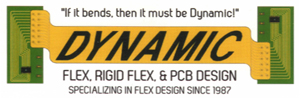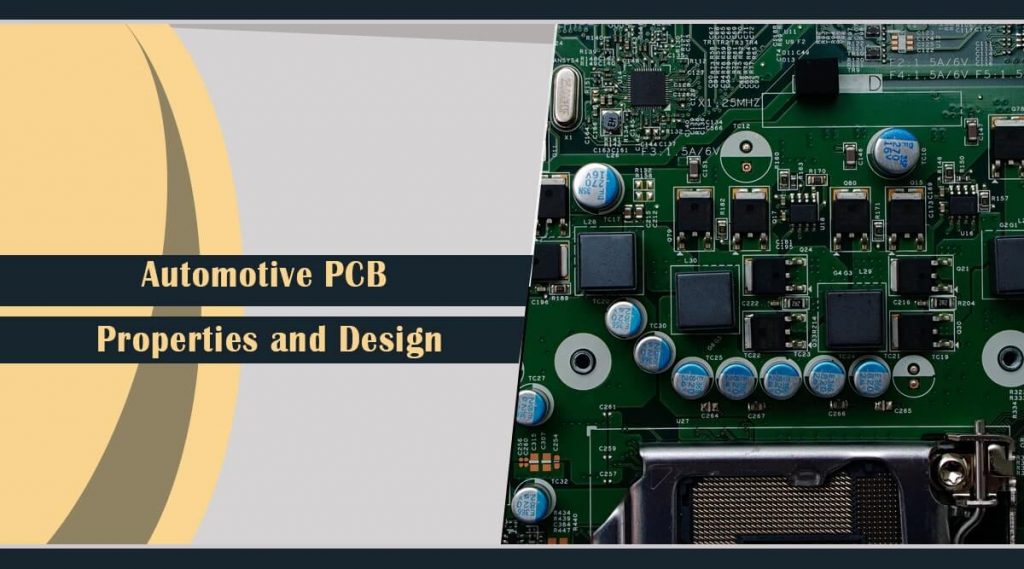The basic circuit board for the automotive sector must meet stringent requirements for reliability and performance. The measure of reliability by the duration of the leading electronic devices installed on a board design of the vehicle and their ability to withstand harsh conditions of use. Estimating an average vehicle life of 10-12 years, make sure that basic PCB boards are not vulnerable or subject to wear can operate over this period without requiring maintenance.
An example of board design is the engine control unit, also known as ECU (Electronic Control Unit). The basic PCB design is such it can last longer despite continuous use, even in substantial mechanical stress, humidity, and extreme temperature conditions. The welds perform skillfully, avoiding a partial detachment of the components or a false contact that occurs after the product has left the factory.
The PCB circuit board design are subjected to appropriate surface coating treatments with specific resins capable of providing high protection from dust, humidity, chemical agents, and high-temperature ranges. One of the more common treatment is the conformal coating, also known as tropicalized. Initially used to treat printed circuits for applications, tropicalization is now widely used in the aerospace, automotive and railway sectors.
The resins, acrylic, epoxy, polyurethane, or silicone in nature create a crystalline film on the PCB circuit card design avoiding the oxidation and corrosion processes, which cause short circuits or false contacts. Another essential requirement concerns the weight and size of the electronic circuitry, which must be contained as much as possible to achieve high-energy efficiency and reduce fuel consumption.
Basic PCB with a small footprint requires a careful choice of materials and substrate thickness, a correct arrangement of components on the PCB, and appropriate thermal management techniques. Finally yet importantly, the aspects related to electromagnetic compatibility must be considered.
Passing the EMC tests required by automotive approval strictly depends on the quality of the PCB. The printed circuit card design offers streamed performance under stressful use, especially in mixed signals (analog and digital).
What is the circuit board design? Advantages of circuit manufacturing
Various electronic devices are becoming increasingly important in our daily lives, from mobile phones to computers. Most of these devices usually use printed circuit board design professionally designed by the circuit board designer with the help of a circuit board design software. Because without circuit manufacturing, most of these electronic devices will not function properly.
There are several types of PCBs, each with its advantages. Today, the basic circuit board is one of the most common circuit board design, and flexible PCBs have many benefits.
- Flexibility
The main advantages of flexible circuit boards are their flexibility and bending capabilities. Therefore, they can perform in various ways to accommodate edges, folds, and doublings. The flexibility of the circuit board design also means that it is more reliable and durable than ordinary PCB as it can reduce the impact of vibration, and there are few wires on the circuit board. Minimal wiring eliminates the need for interface connections such as solder joints, contact crimping, and connectors.
- Reduces weight and space
Compared to other solutions, basic circuit boards provide greater design freedom and better space utilization and weight efficiency. The basic PCB board is thin and light, which can significantly reduce the weight and space. These flexible plates are easy to fold which makes them usable for smaller devices and placed in a smaller area to miniaturize the device. This makes circuit boards more suitable for small appliances because they are rigid and load tested.
- Suitable for harsh environments
Basic PCB can be made of various corrosion-resistant materials and can withstand harsh environments. These materials can be waterproof, shockproof, moisture-proof, and even corrosion-resistant. Therefore, these flexible plates are widely used in military and medical applications due to their sturdy and durable qualities. The natural flexibility of the board can also better absorb shocks and bumps.
- Better thermal management
The flexible circuit board is made of polyimide, which has excellent thermal stability and can withstand extremely high heat. This also means that the improved heat dissipation performance makes the board a better base for surface mounting and is less likely to undergo thermal expansion and contraction. The circuit board design can also dissipate heat faster than other solutions, thus increasing its thermal efficiency.
- Reduce costs
Circuit boards can help reduce assembly costs in many ways. The polyimide material of the PCB is thin and light, which means it, requires less space. Fewer space requirements mean final assembly packaging size and material cost requirements. Since the basic PCB eliminates the need to route cables to solder joints and connectors, as the number of components required is reduced, assembly costs goes further down

